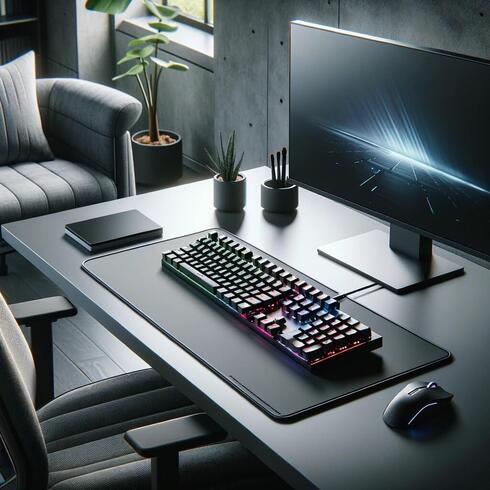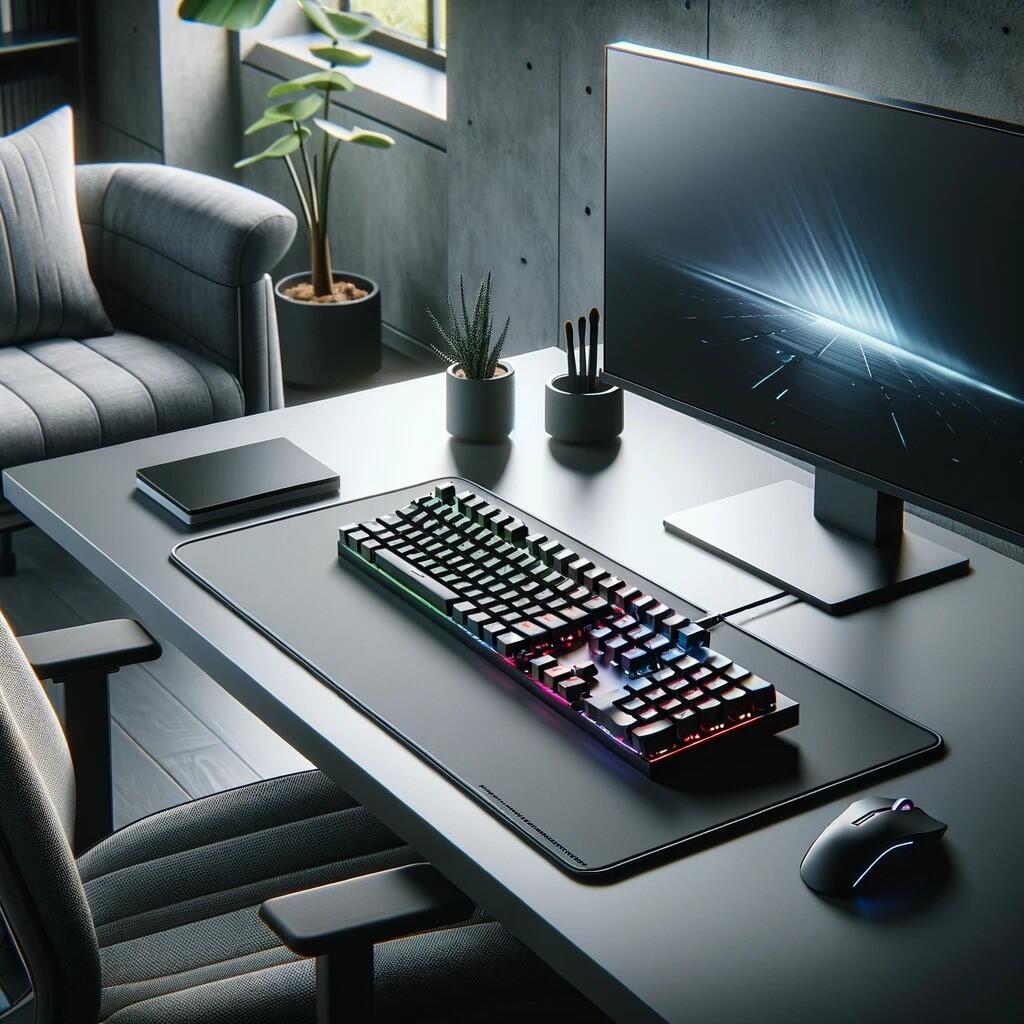
Finding Your Perfect Fit: A Guide to Keyboard Sizes
Finding Your Perfect Fit: A Guide to Keyboard Sizes
Your guide to finding the right keyboard size for your desk.
No PC setup is complete without the right keyboard. With a vast array of sizes and layouts available, choosing the right size can be confusing, especially if you’re buying something online, sight unseen. Below we’ve broken down the most common keyboard sizes, helping you find the perfect fit for your desk space, typing style, and gaming needs.
The Full Picture: Full-Size Keyboards
The full-sized keyboard is the OG of the bunch. It boasts a traditional layout that includes everything: a dedicated number pad for all your admin work and data entry needs, function keys for shortcuts, and the familiar arrow key cluster. While offering maximum functionality, full-sized keyboards require ample desk real estate.
Space-Efficient: Tenkeyless (TKL) Keyboards
For those seeking a more compact option, the tenkeyless (TKL) keyboard emerges. It keeps all the essential keys – letters, numbers, symbols, and function keys – but ditches the number pad. This frees up valuable desk space while maintaining most typing functionality.
The Minimalist Movement: 60% and 65% Keyboards
For the minimalists: look no further than 60% and 65% keyboards. These compact keyboards shave off even more keys, typically sacrificing function keys, arrow keys, and the navigation cluster. While requiring some creative remapping for missing keys (often achieved through modifier keys like Fn), these miniature marvels are ideal for maximizing desk space and achieving a sleek, modern aesthetic.
The Gamer's Choice: Ergonomic and Low-Profile Mechanical Keyboards
Gamers have unique needs. Ergonomic keyboards prioritize comfort during long gaming sessions with split layouts or angled keybeds to reduce wrist strain. For a different approach, low-profile mechanical keyboards offer the satisfying clicky feel of a mechanical keyboard in a slimmer, more compact design. This allows for quicker keystrokes while minimizing wrist fatigue.
Finding Your Ideal Keyboard Size
The perfect keyboard size boils down to personal preference. Consider these factors:
- Desk Space: If you're battling for real estate, a TKL, 60%, or 65% keyboard might be your savior.
- Functionality: Do you rely heavily on the number pad or function keys? Opt for a larger size if so.
- Gaming Needs: Ergonomic keyboards or low-profile mechanical keyboards cater to specific gamer preferences.
- Aesthetics: Do you crave a minimalist look or a classic full-sized layout? Choose what complements your setup.
Remember, the best keyboard is the one that feels comfortable and enables you to type efficiently.















